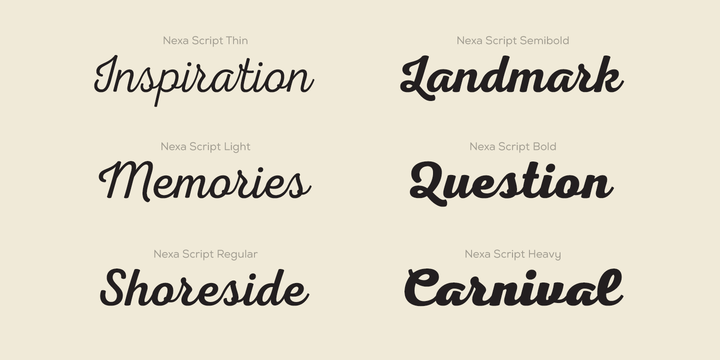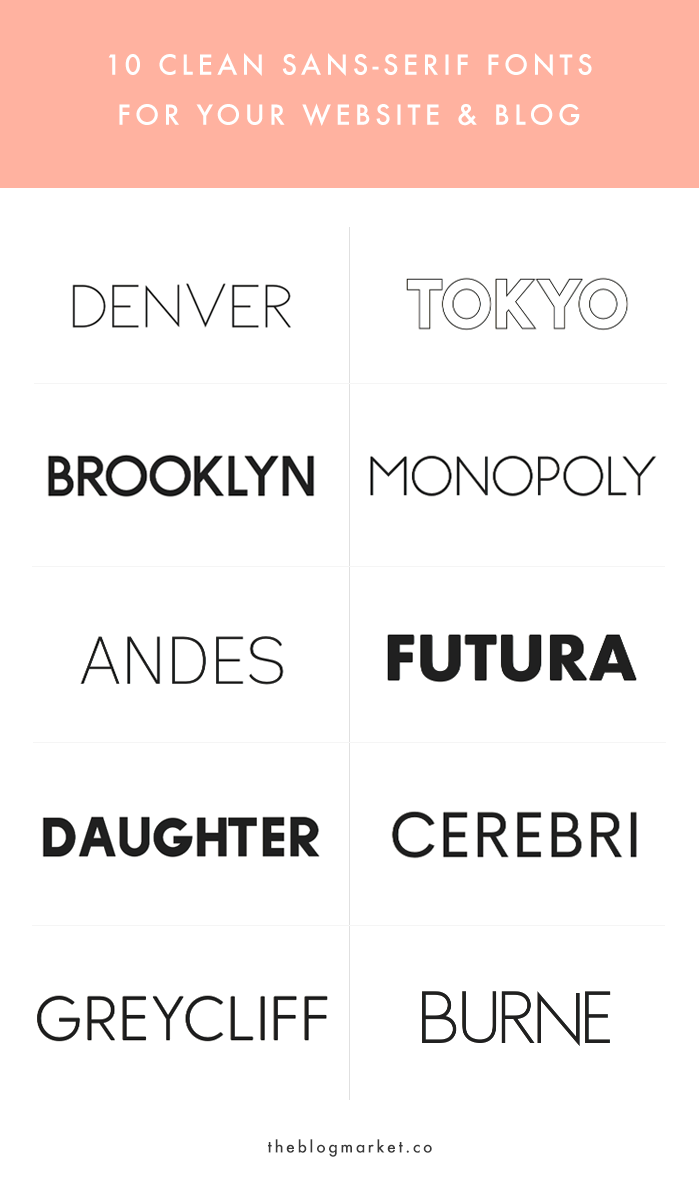This may be one of my favorite blog spotlights because of the homepage on Brooke’s blog. Her home page features a video montage as her header image, and I’ve never seen anything like it. I thought this was a really creative way to show off one of her skills, which is video production and editing. It also captures readers attention and makes them want to look more into her site.
It was hard to capture in a screenshot, but the header featured little snippets of video from her youtube channel and I thought it was a really unique way to design a header. Each video clip being played is slightly faded and when you hover over the header image, the video becomes clearer. There is also a welcome header that features a button to her digital portfolio section. Although I am unfamiliar with the video feature, the faded images, centered text, and rounded button would be easy enough to recreate.

Her about me page would also be easy enough to code in html, as it seems to be a text box with an image on the left and text on the right. Although this is a simple design, the font she uses in her header, the simple and elegant colors, and her images make it look more professional and high end.

I also really like how she had a page that was a digital resume. Again, this could be recreated through making to sections side by side, where one is text and the other is an image. I also understand that she may have wanted to incorporate different colors on this page than in her home or about me pages, but I think the light blue defeats the professional look she established with her other pages. I would choose another blue, or stick to the light gray color used before.

Overall, I would say Brooke does a good job with her website. I thought the images were well planned and placed, and I liked most of colors used on the pages. I also liked how she took simple html section designs and turned them into something that looked like it took more time to create, such as the video header. However, I was expecting more blog posts when in reality her website is just a digital resume. This is fine, but could be confusing to some of her followers who were expecting to find more content from this website.
To fix this confusion I would suggest that Brooke either choose to write more content under her blog section, or, get rid of this blog section all together. If she were to get rid of the blog I would then say for her to make it clearer that this website is meant for future employers, and not her followers. She should make it more clear on her home page by making the text that says “digital profile” bigger. She may even want to add the digital profile section to be a scrolling feature on her homepage, or make the tab in the navigation section closer to the home page.






